Shot in the premier space centres in India, Yaanam traces India’s interest in space from an ancient text to MOM
Shot in the premier space centres in India, Yaanam traces India’s interest in space from an ancient text to MOM
Speaking in fluent Sanskrit, S Somnath, chairman of the Indian Space Research Organisation (ISRO), explains how the Mars Orbiter Mission (MOM) became a reality at a fraction of the cost that it took to make the film Martians. In the same vein, Dr Radhakrishnan, former chairman of the ISRO, talks about the team work and dedication that led to the successful launch of MOM, also called Mangalyaan.
Yaanam (which means journey in Sanskrit), a science documentary in Sanskrit produced by AV Anoop, is perhaps the first such film in the language. It became a reality because of film director Vinod Mankara’s desire to make content in Sanskrit, which had contemporary relevance. Vinod’s first attempt to make a Sanskrit film was Priyamanasam, a feature film that won the award for the best feature film in Sanskrit at the International Film Festival of India in 2015.
A poster of Yaanam, a documentary in Sanskrit, that traces the achievements of Indian space scientists
| Photo Credit: Special Arrangement
Made 22 years after GV Iyer’s film in Sanskrit, Bhagavad Gita (1993), Priyamanasam broke new ground with its story and narrative. Says Vinod, “I wondered why it took 22 years for someone to make a film in Sanskrit. I felt there was a misconception that Sanskrit was the language of devotional works, mantras and prayers. I wanted to deconstruct that template and make a film that had layers of romance, heartbreak, poetry and music,” he recalls.
Set in 17th century Kerala, Priyamanasam was based on the final years of maestro Unnayi Warrier and his struggle to complete his masterpiece, Nalacharitham Aattakatha, comprising some of the most famous plays in Kathakali.
Priyamanasam had dialogues and all the ingredients of a mainstream film. The theme of the film struck a chord with viewers and that gave Vinod the courage to think of a science documentary in Sanskrit.
Many of the ancient Indian texts on astronomy and science were written in Sanskrit. Vinod had heard that Surya Siddhanta, an ancient Sanskrit manuscript on astronomy, had described seven planets, mentioned the distance between Saturn and the Earth, the diameter of Saturn and so on. “Much later, with the help of telescopes, the distance between the Earth and the planets, the diameter of the planets and so on were calculated precisely. There wasn’t much of a difference between the calculations of the ancient Indian astronomers and latter-day astronomers,” explains Vinod.
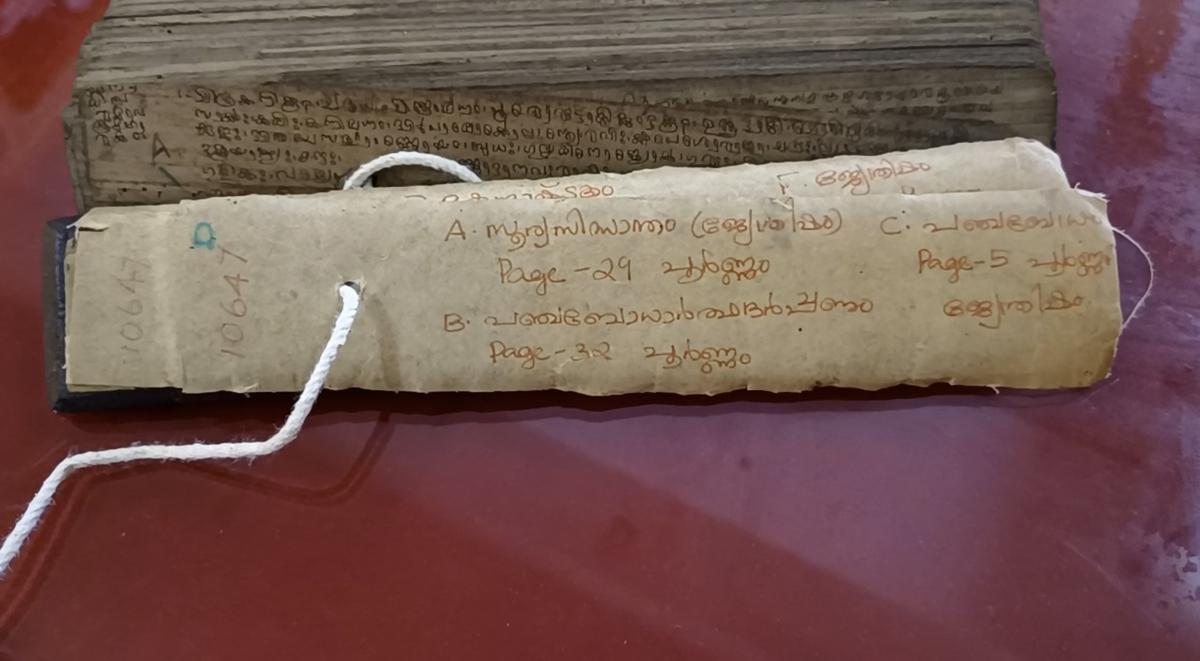
Palm leaf manuscript of Surya Siddhanta, which is preserved at the Oriental Research Institute and Manuscripts Library in Thiruvananthapuram
| Photo Credit: Special Arrangement
Keen on seeing a manuscript of the Surya Siddhanta in Sanskrit, Vinod sought the help of his contacts all over India. That was when he learnt that a manuscript existed at the Oriental Research Institute and Manuscripts Library in Thiruvananthapuram. He was able to read it with the help of Sanskrit academics at the Government Sanskrit College in Kerala. “In those days, astronomy and astrology were not treated as separate subjects and so the writing in ancient Sanskrit was mixed with astrology as well,” recalls Vinod.
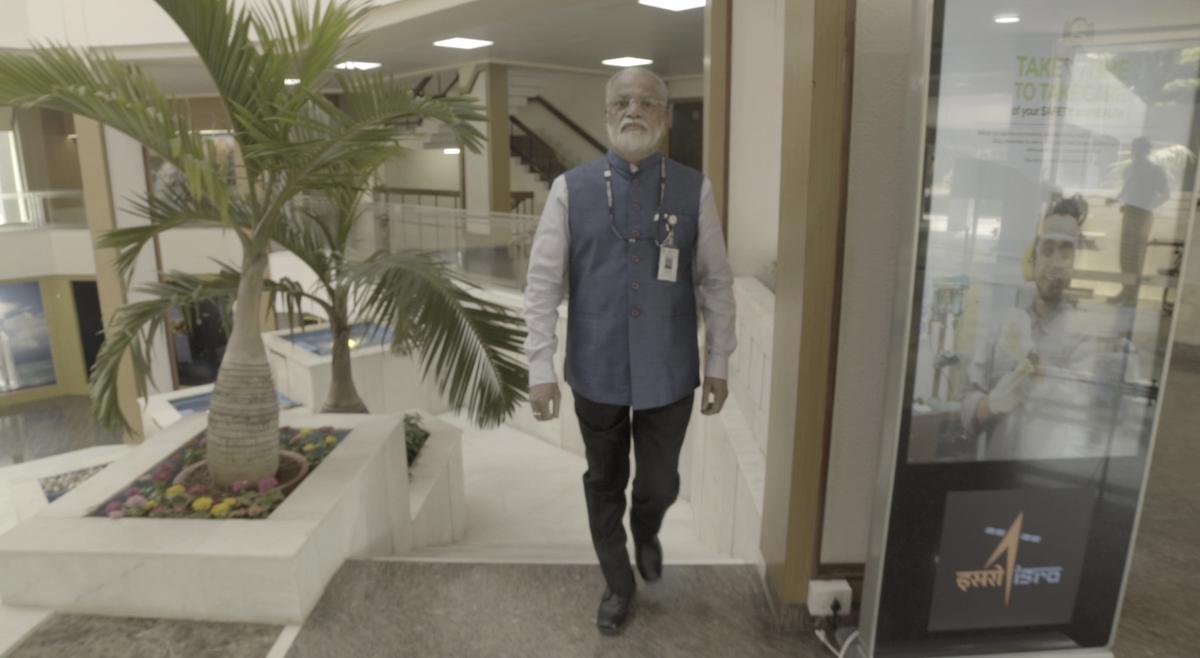
Former ISRO chairman Dr Radhakrishnan’s book My Odyssey inspired filmmaker Vinod Mankara to make a film on the Mars Orbiter Mission
| Photo Credit: Special arrangement
In the meantime, Vinod came across Radhakrishnan’s book My Odyssey. Written after the space scientist had retired from ISRO, the book had an entire chapter devoted to MOM. “It read like a thriller. Even as a junior scientist, Radhakrishnan sir was dreaming about a space mission to Mars,” says Vinod.
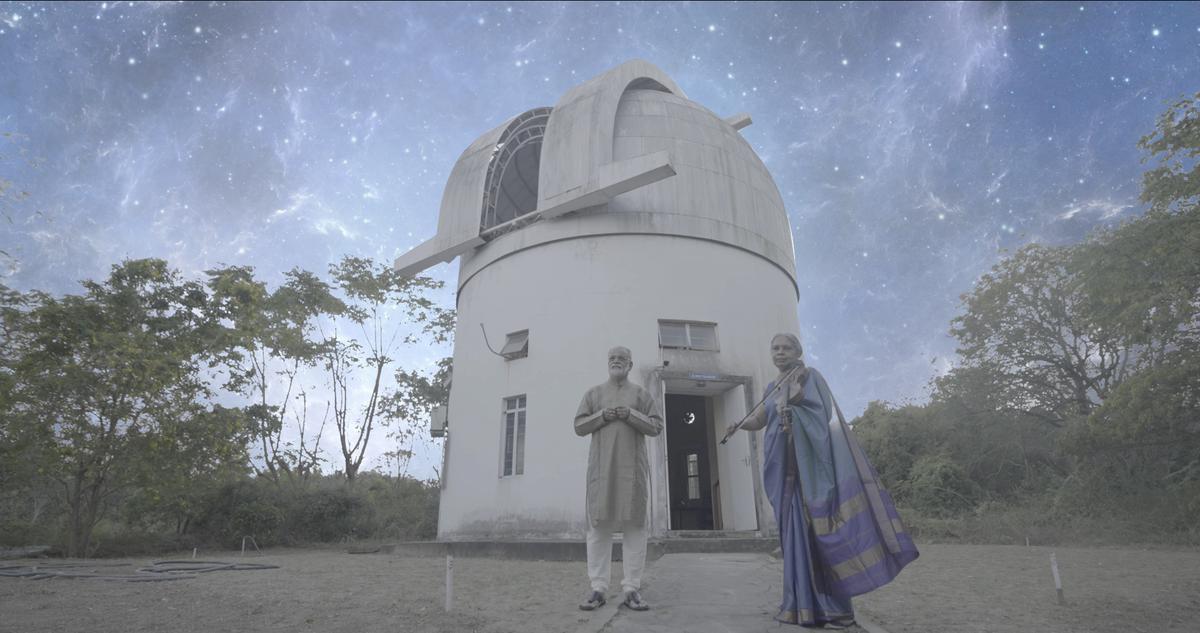
A still from the documentary Yaanam featuring former ISRO chairman Dr Radhakrishnan and Dr Annapurni Subramaniam, director of the Indian Institute of Astrophysics, on the violin
| Photo Credit: Special arrangement
Finally, ₹450 crore was allocated to the MOM project. “In addition to the technological challenges, the scientists had to make it a reality in that budget and only Indian scientists could indeed have made that happen,” asserts the director.
Vinod went to the script of Yaanam from there. Radhakrishnan, a Kathakali artiste, musician and Sanskrit scholar, became intrigued, when he learnt that Vinod was planning to make it in Sanskrit, a documentary that traced India’s interest in space, right from the Surya Siddhanta to MOM.
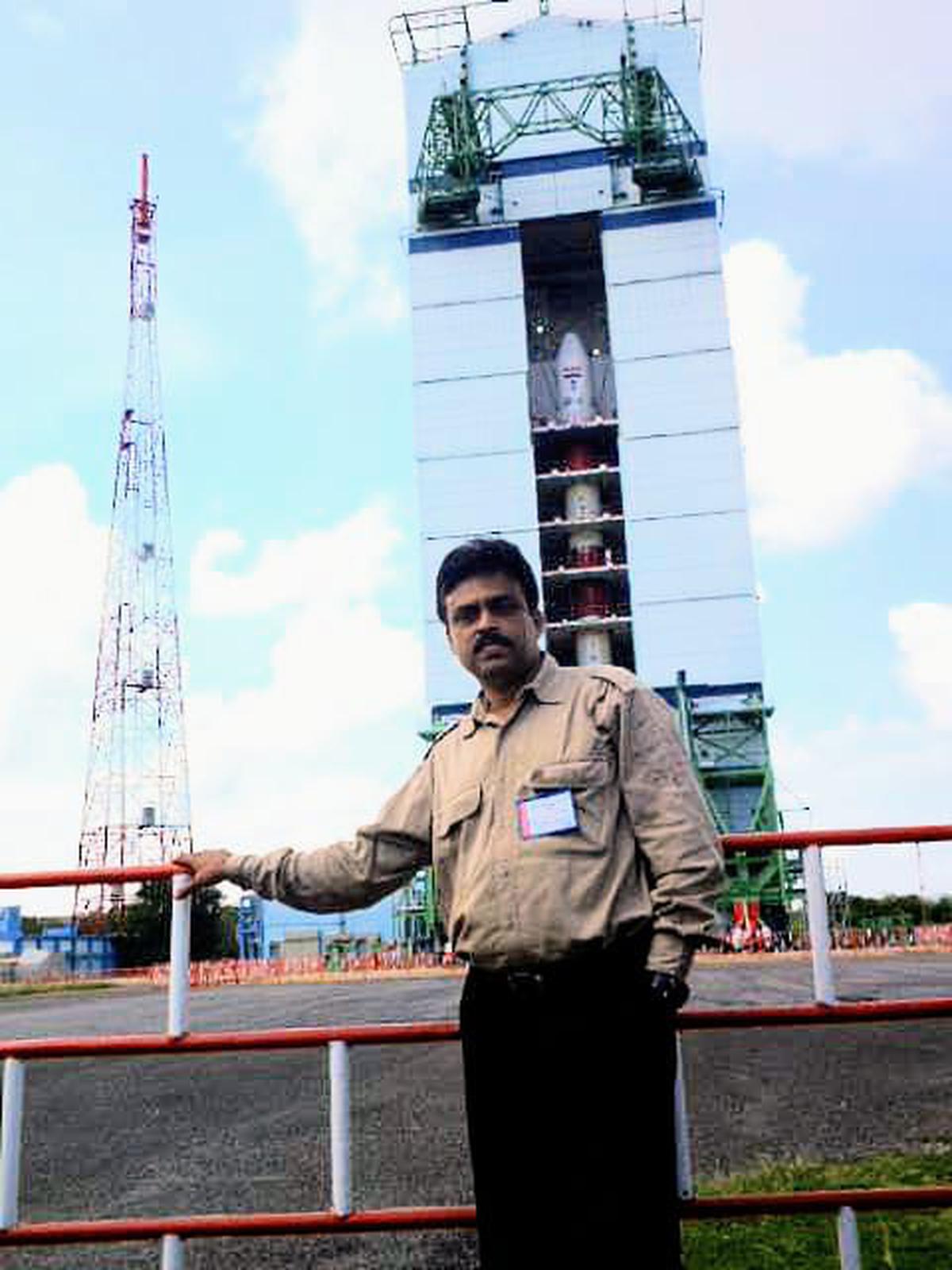
Vinod Mankara at the launch pad of MOM
| Photo Credit: SPECIAL ARRANGEMENT
When it came to the shooting of the documentary, Vinod wrote innumerable letters to ISRO seeking permission to shoot on the premises, all in vain. Finally, it was Dr Somnath, who helped him gain access to the premises of India’s premier space centres. The shooting started in December 30, 2021 and was completed in April 2022.
“Perhaps, it was the first shooting of a film in the research centres in 50 years. I was able to witness the launch of MOM at the Satish Dhawan Space Centre at Sriharikota where I was given an hour for the shoot,” he recalls.
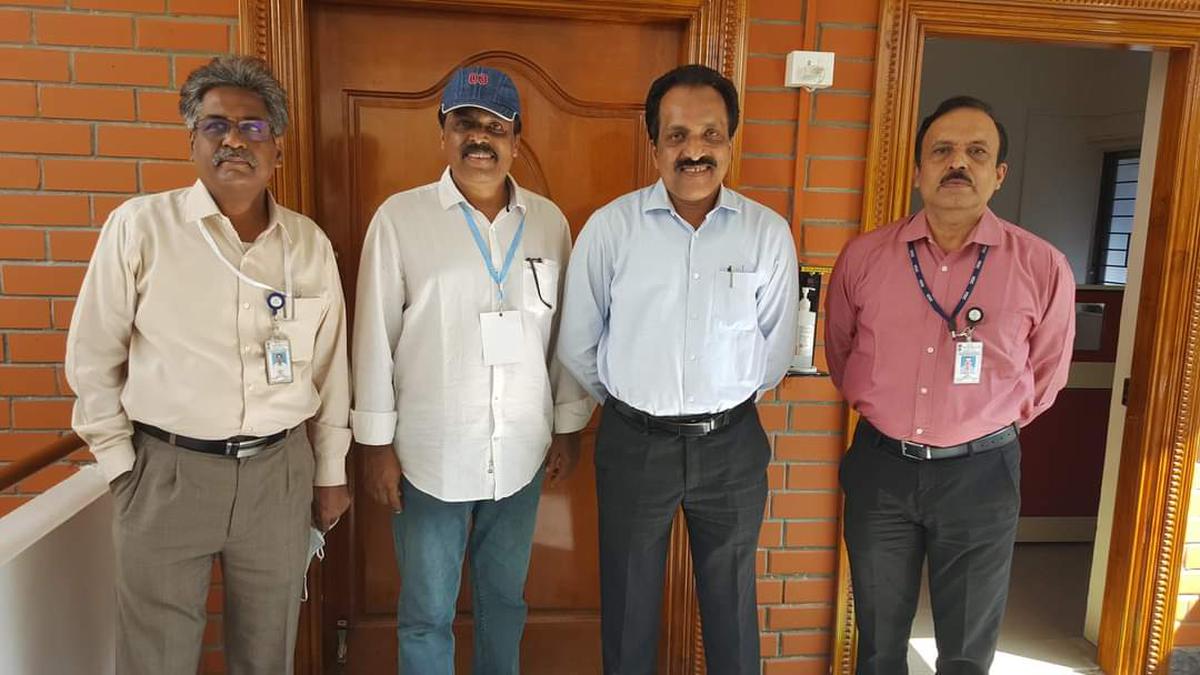
Vinod Mankara (second from left) with Dr S Somnath (third from left), chairman, ISRO
| Photo Credit: SPECIAL ARRANGEMENT
To help the scientists speak in Sanskrit, Vinod offered to write the dialogues in Malayalam. “Instead, the chairman told me to give it in Sanskrit itself and he learnt all of it for the shoot. As Radhakrishnan sir already knew the language, it was easy.” The scientists themselves explain the challenges they had to overcome to make their dream project come true.
The film was premiered in Chennai in August where it was screened to some of the leading space scientists in India. Vinod admits that the response to such a film in Sanskrit was exhilarating and he plans to take it to festivals abroad.
























